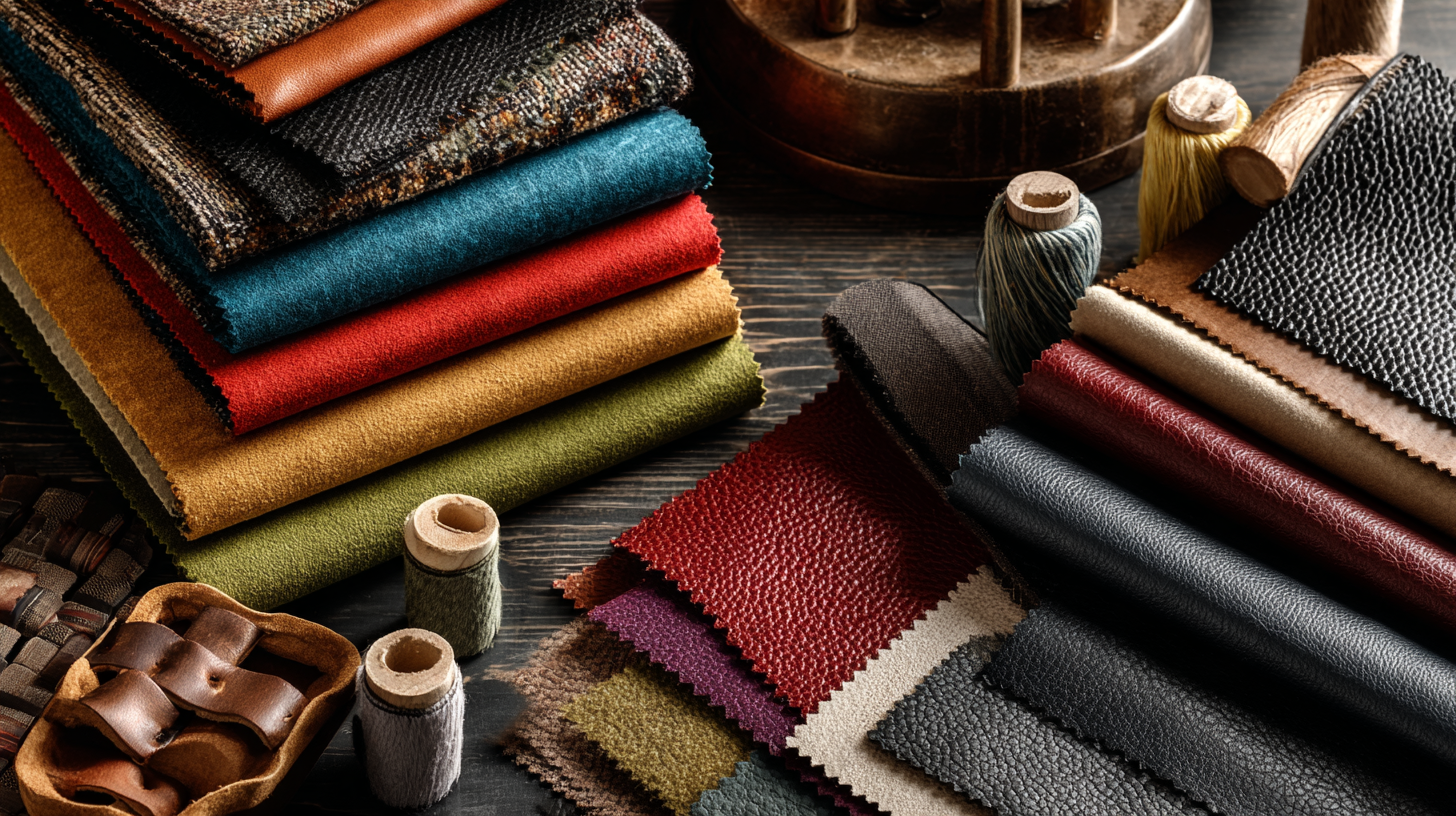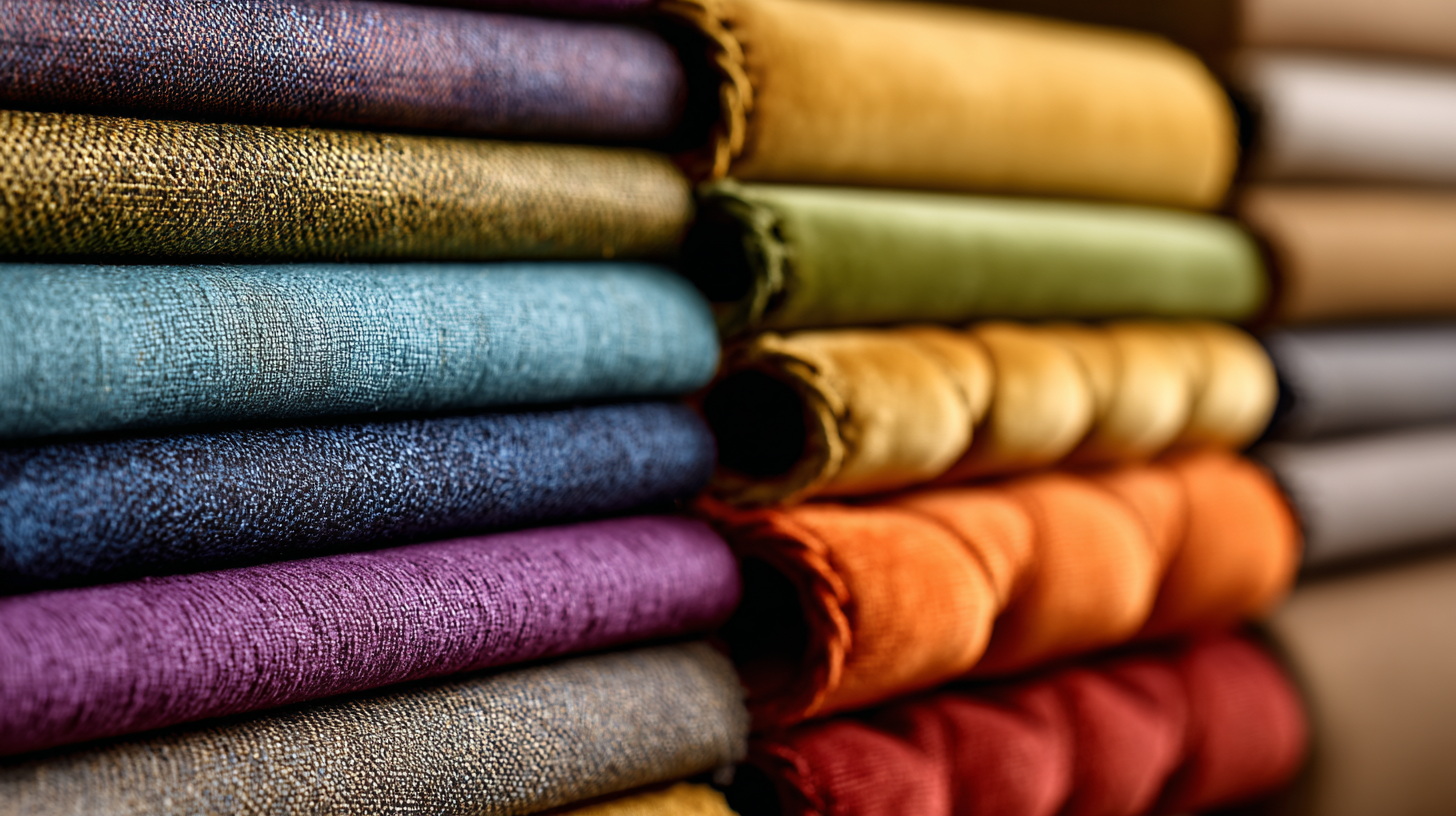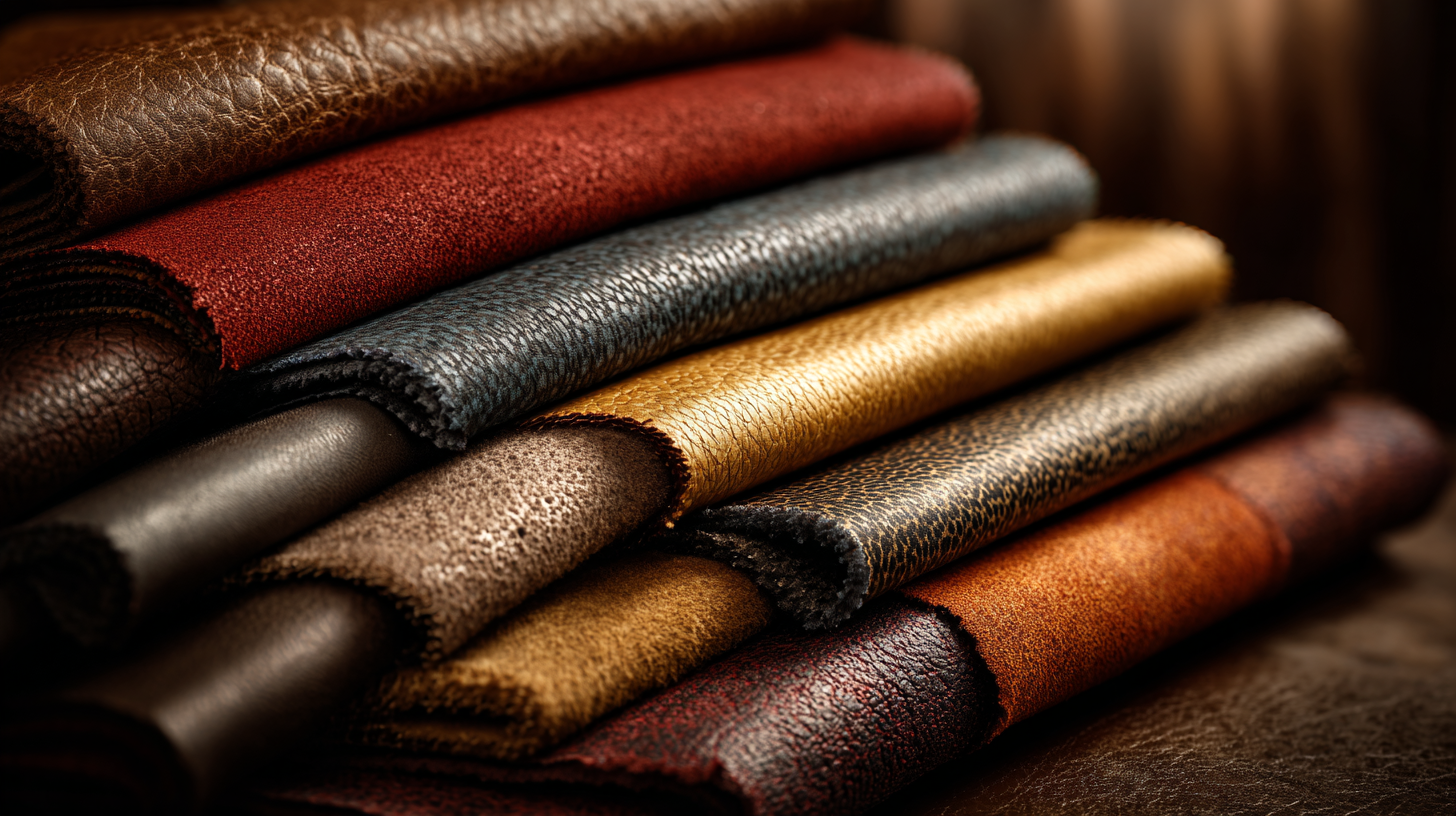Blog

Blog

Blog

Ultimate Guide to Choosing the Best Furniture Upholstery Material
Choosing the right furniture upholstery material can significantly enhance the aesthetics, comfort, and durability of your furnishings. With a plethora of options available in the market, it can be overwhelming to pinpoint the best material that suits your needs and lifestyle. This ultimate guide aims to demystify the process by providing comprehensive insights into various upholstery materials ranging from luxurious leather to versatile fabrics.

We will explore the pros and cons of each type, ideal usage scenarios, and maintenance tips to ensure your furniture remains in pristine condition for years to come. Whether you are redesigning your space or simply updating a beloved piece, understanding the right furniture upholstery material is essential to make informed decisions that reflect your personal style and functional requirements.
Identifying Your Needs: Lifestyle Considerations for Upholstery Choices
When selecting upholstery material, understanding your lifestyle is paramount. According to a 2022 report by the American Home Furnishings Alliance, over 60% of consumers prioritize durability in their furniture choices, particularly those with children or pets. For instance, performance fabrics, such as polyester and treated cotton, are proving to be resilient options that can withstand spills and stains, making them ideal for busy households.
Moreover, the increasing trend towards sustainable living is influencing upholstery decisions. A survey conducted by the Sustainable Furnishings Council found that 75% of consumers are willing to pay more for eco-friendly materials, such as organic cotton or recycled polyester. This reflects a broader lifestyle consideration—more people are seeking options that align with their values, indicating a shift towards environmentally responsible choices. Understanding these needs can lead to a more satisfying and practical selection of upholstery materials that fit seamlessly into your daily life.
Exploring the Types of Upholstery Materials: Pros and Cons
When it comes to choosing upholstery materials, understanding their pros and cons is essential for making an informed decision. According to a report by the National Association of Home Builders, fabric choices can significantly impact the longevity and maintenance of your furniture.

Synthetic materials like polyester and nylon are popular for their durability and resistance to stains, making them suitable for households with children or pets. However, natural fibers like cotton and linen offer unmatched breathability and comfort, though they may be more susceptible to wear and fade over time.
Leather remains a classic choice, revered for its luxurious appearance and resilience. The Furniture Today report indicates that leather upholstery can last up to four times longer than fabric alternatives, making it a worthy investment for those looking for longevity. On the downside, leather can require specialized cleaning and may not perform as well in extreme temperatures. Additionally, eco-conscious consumers should be aware of ethical sourcing and environmental implications when selecting their upholstery material.
By weighing these factors, you can choose the best upholstery material that meets your aesthetic preferences and functional needs.
Evaluating Durability: How to Choose Fabrics that Last
When selecting upholstery materials for furniture, durability is paramount. According to the American Society for Testing and Materials (ASTM), the lifespan of upholstery fabrics can vary significantly, with high-performance fabrics lasting up to 15 years or more, while standard fabrics may show signs of wear in as little as 3 to 5 years. This discrepancy highlights the importance of choosing materials designed to withstand daily use, especially in high-traffic areas.

One key factor to consider is the Abrasion Resistance, measured in double-rubs, which indicates how well a fabric can endure friction. Fabrics with a rating of 30,000 double-rubs or more, such as leather or high-quality synthetic options, are typically ideal for sustaining heavy usage. Furthermore, the Fabric Care Institute suggests evaluating the fiber content—natural fibers like cotton and linen, though comfortable, are less durable than synthetic alternatives like polyester and nylon that resist stains and fading. By understanding these metrics, consumers can make informed choices that ensure their furniture not only looks stunning but also stands the test of time.
Color and Texture: Selecting the Right Aesthetic for Your Space
When selecting upholstery for your furniture, color and texture play a pivotal role in shaping the aesthetic of your space. According to the 2022 Interior Design Trends Report, 75% of designers emphasize the importance of color schemes that resonate with the overall ambiance of a room. A well-chosen upholstery color can serve as a focal point or harmonize with existing décor, while textures like velvet, linen, or leather can add depth and interest.
Tips: When selecting colors, consider the natural light in your space; lighter colors can make a room feel more airy, while darker tones might create a cozy atmosphere. For instance, if your living area is flooded with sunlight, opting for cool blues or greens can enhance the lightness, whereas rich burgundies or deep grays can provide warmth in less illuminated spaces.
Texture is equally critical; it influences both the appearance and the tactile experience of furniture. The 2023 Upholstery Materials Report indicates that 67% of consumers prefer textured fabrics due to their ability to add a luxurious feel. Incorporating a mix of textures—such as pairing a smooth leather sofa with a cozy knitted throw or a chunky woven rug—can create an inviting and layered look.
Tips: Experiment with swatches to feel the materials in your hands before making a decision. Don’t shy away from bold textures; they can invigorate a neutral palette and bring your design concept to life.
Maintenance and Care: Tips for Keeping Upholstered Furniture Looking New
When it comes to maintaining upholstered furniture, regular care can significantly extend its lifespan and keep it looking fresh. One essential tip is to vacuum your furniture at least once a week. Use a vacuum attachment to reach into seams and crevices where dust and debris accumulate. This not only prevents dirt from settling but also helps to maintain the texture of the fabric.
Another crucial aspect of furniture maintenance is spot cleaning. For spills, act quickly by blotting—never rubbing the area—as this can spread the stain. Use a mild detergent mixed with water, applying it with a clean cloth. For more stubborn stains, consult the manufacturer’s cleaning guidelines. It's also advisable to test any cleaning solution on an inconspicuous area first.
Lastly, consider periodic professional cleaning. Depending on the fabric type and usage frequency, having your upholstered furniture cleaned by experts every 1-2 years can provide a deeper clean that regular maintenance can’t achieve. This not only revives the appearance but also helps to eliminate allergens hidden within the upholstery.
Furniture Upholstery Material Durability Ratings
Related Posts
-

Ultimate Guide to Choosing the Right Furniture Upholstery for Your Home
-

Your Ultimate Guide to Choosing the Best Seat Fabric for Every Interior Style
-

7 Best Leather Material Innovations Transforming Fashion Today
-

Advantages of Utilizing Sustainable Furniture Upholstery for Your Home
-

The Ultimate Guide to Choosing the Right Seat Fabric: Insights and Trends from the Industry
-

Innovative Solutions for Enhancing Durability and Comfort in Furniture Fabric Selection
